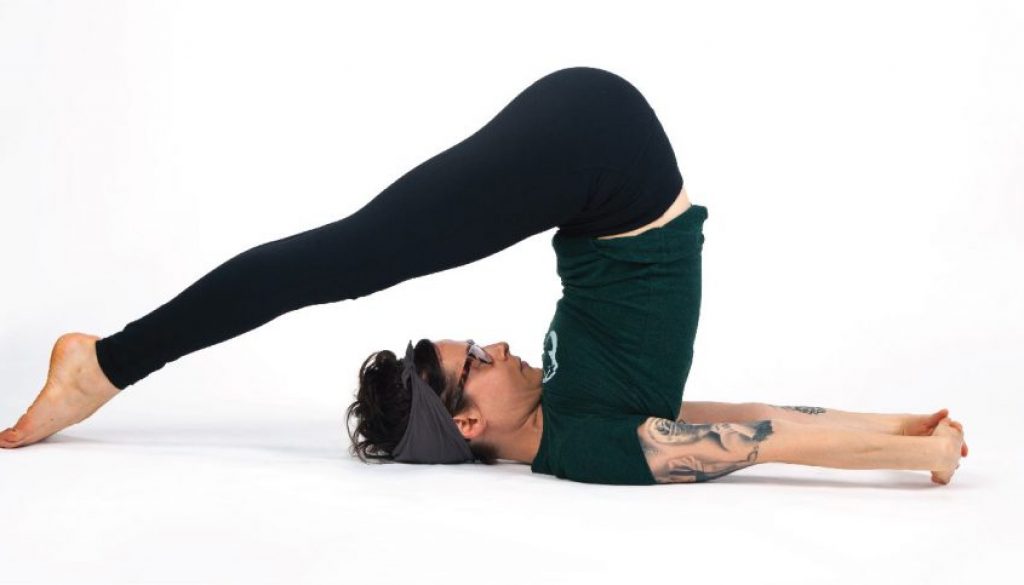Let’s just admit it: on a cultural level, we are wildly dysfunctional about all things pelvis. We have near-epidemic urinary incontinence, pelvic organ prolapse, fertility and birthing challenges, progressively lower sperm counts, and a variety of pelvic pain syndromes. And we have yet to overcome our cultural judgment and outright hatred fueled by sexuality. In Yoga Land, these are all pelvic issues, from the structural to spiritual.
So, what magic does Yoga offer us to help heal these pelvic wounds?
Traditionally, Yoga is vested in our spiritual evolution and offers us tools, including asana, pranayama, and meditation, to help us along a path of becoming integrated human beings. Yoga is energetically interested in asana in order to stimulate and move prana through our subtle body’s system chakras and nadis to clear blockages standing in our way of waking up. In yogic lore, the pelvic floor is often described as a gateway to unlocking our potential for this spiritual awakening.
In subtle anatomy, the pelvis is considered the home of the apana vayu, the form of prana that most influences our “down and out” functions, including elimination and reproduction. The pelvis also houses the foundation for spiritual development in the root chakra where we find potential blockages around issues of family, belonging, worthiness, self-acceptance, and groundedness. We find an energetic connection to our limbic brain, and our primal reactions to fear. We also find mula bandha, or “root lock” which, when practiced with other bandhas, serves to help seal prana in our central shushumna nadi. As we move from the root chakra up to the sacral chakra, we find our potential blockages around issues of sexuality, creativity, fluidity, our ability to adapt to change, and our ability to connect to other human beings.
From a biomechanics perspective, a lifetime of sitting and wearing shoes (among other cultural habits), profoundly impacts the position of the pelvis, the tension in the muscles and fascia supporting the pelvis, and ultimately the function of the pelvic organs. The way we habitually sit, sleep, stand and move becomes the shape of our bodies. Since the body is brilliant in its ability to adapt to how we use it all the time, yogis must be careful not to develop an asana practice that reinforces sub-optimal movement habits, and potentially perpetuates dysfunction.
At its best, asana practice can be a mirror to help us understand our bodies’ habits of movement, and when practiced mindfully, it can be a powerful tool for structural transformation. Asana can absolutely help us along our journey toward optimal pelvic health by optimizing our structural as well as energetic habits. Since pelvic floor dysfunction is always a whole-body and whole-person issue, we must go waybeyond mula bandha to address it. The good news is, Yoga offers us tools, which can help re-pattern our habits on every level, leading to improved function of all things pelvis.
Upcoming workshop: Yoga and the Pelvis: Beyond Mula Bandha with Libby Hinsley, PT, E-RYT 500 (April 19)

